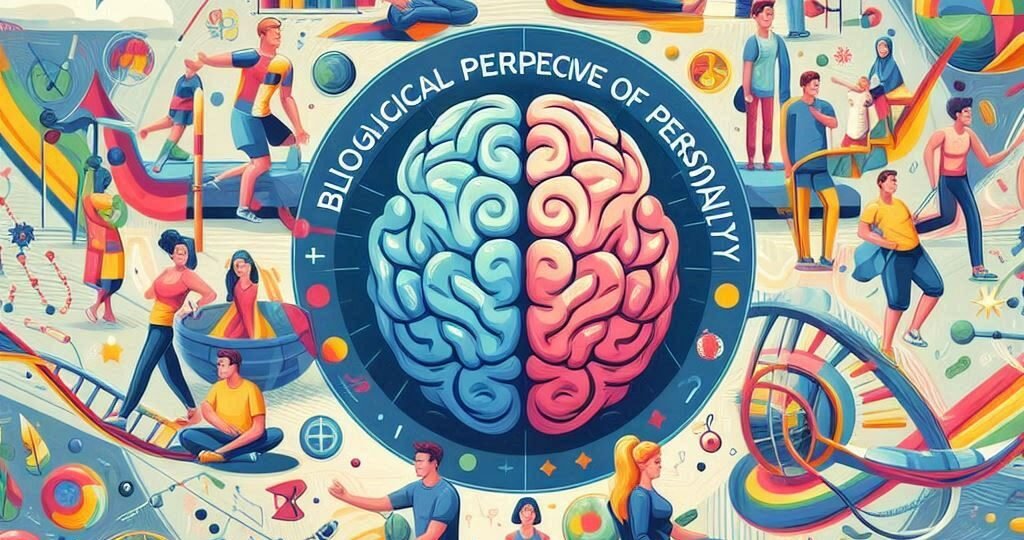
Welcome to the 5th and final installment to the personality perspectives series. Today is a long one, as there is lots to discuss. This one is about the biological perspective. Quick note: This one is pretty dense in terms of biological terms, so kindly bear with me.
When we think about psychology, we often picture thoughts, emotions, and behaviors as abstract concepts. However, the biological perspective in psychology tells us that everything we think, feel, and do is rooted in the physical processes of the brain and body. This approach focuses on how our genetics, neurotransmitters, hormones, and nervous system shape our behavior. Unlike other psychological perspectives that emphasize experiences or social influences, the biological perspective looks at hard science— brain structures, chemistry, and inherited traits —to explain human behavior. Notable figures such as Paul Broca, Carl Wernicke, Roger Sperry, and James Olds played key roles in establishing this perspective by linking specific brain regions to functions like speech, memory, and emotion. Let’s look at what this perspective tells us.
One of the key areas of the biological perspective is neuroscience, which studies how the brain’s structures and functions influence behavior. For example, the amygdala, a small almond-shaped part of the brain, is crucial for processing emotions like fear and aggression. Meanwhile, the prefrontal cortex is responsible for decision-making and impulse control. In the 19th century, Paul Broca discovered that damage to a particular area in the left hemisphere (now called Broca’s area) led to speech impairments, proving that brain regions are specialized. Similarly, Carl Wernicke identified another region (Wernicke’s area) involved in language comprehension. Today, brain imaging techniques like fMRI and PET scans allow scientists to see how different areas of the brain activate when we experience emotions, make choices, or even recall memories.
The biological perspective also examines the role of neurotransmitters, which are chemical messengers in the brain. For example, dopamine is linked to pleasure and reward, which is why it plays a major role in motivation and addiction. Serotonin, on the other hand, helps regulate mood, and low levels of it are associated with depression. The discovery of neurotransmitters revolutionized mental health treatment. James Olds, a psychologist and neuroscientist, helped identify the brain’s reward system by studying dopamine pathways in rats. His work contributed to our understanding of addiction and motivation, laying the groundwork for treatments targeting brain chemistry. By understanding these chemical processes, psychologists and doctors have developed medications like antidepressants, which help correct neurotransmitter imbalances and provide relief for mental health disorders.
Another key aspect of this perspective is genetics. Scientists such as Francis Galton and later Robert Plomin explored the role of heredity in intelligence, personality, and mental illness. Twin studies conducted by Plomin and other researchers showed that traits like intelligence and the risk for mental disorders have a strong genetic component. However, genes aren’t destiny—the field of epigenetics has shown that experiences and environment can “switch on” or “switch off” certain genes, meaning that biology and environment interact in complex ways.
Despite its strengths, the biological perspective is often criticized for being too reductionist—that is, reducing complex human behavior to just brain structures and chemicals. Critics argue that while biology plays a major role, it doesn’t explain everything. Social, emotional, and cultural factors also influence human behavior, which is why modern psychology often integrates the biological perspective with others, such as the cognitive and social perspectives.
Human behavior is complex, and while biology provides a strong foundation, understanding the full picture requires considering the mind, society, and personal experiences as well.
RELATED POSTS
View all


